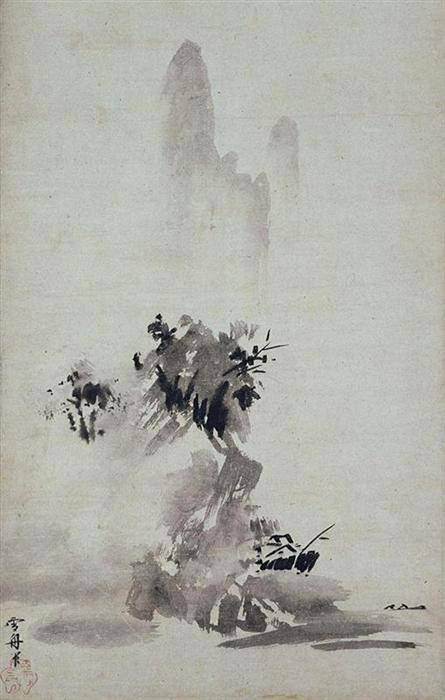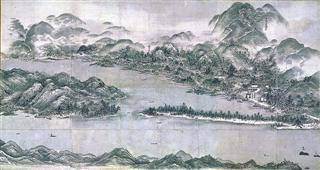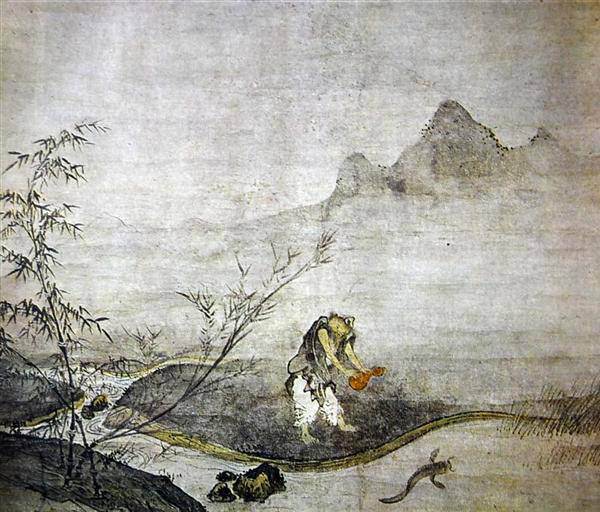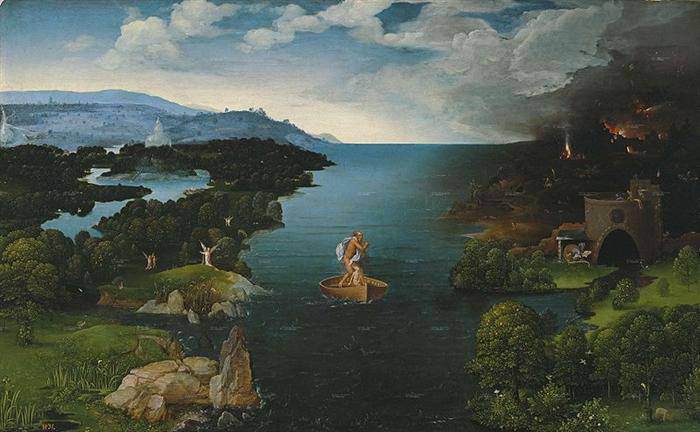Sesshū Tōyō · Haboku-Sansui (Landscape with ink broken)

Sesshū Tōyō (Japan, 1420-1506). ca.1413. Ink on paper, 111.5 × 75.8 cm (43.9 × 29.84 in). Myōshin-ji temple, Kyoto, Japan
Sesshu Toyo is one of the greatest masters of Japanese painting. Born into a prominent samurai family, he was raised to become a Zen Buddhist monk, which he did at age 11. But what really stood out was his talent for painting, and as a boy he studied under Tensho Shubun, who had been a pupil of the great Taikō Josetsu. He also traveled to China and spent two years there, where he became acquainted with the great Chinese landscape painters of his time.
His fame during his lifetime was enormous, and many of his disciples use to sign their own works under the name of Sesshū, which makes the attribution of certain works quite difficult. However, six paintings have been firmly attributed to the master (all of them declared National Treasure in Japan), being the most famous of them the Sansui Chokan (Long Scroll of Landscapes), a 15 meters (50-feet) scroll depicting the four seasons (spring, summer, autumn and winter).
But perhaps the most audacious work attributed with certainty to Sesshu Tōyō is a vertical scroll known as “Haboku-Sansui”. This landscape is painted with a technique known as “broken ink”, “splashed ink” or “spilled ink”, which creates works with a remarkable degree of abstraction of forms, as well as a characteristic freedom of brushwork. With his masterful use of ink, of which “Haboku-Sansui” is a stunning example, Sesshu was able to create a genuine Japanese style of painting that was continued by many other painters during the following centuries.
G. Fernández – theartwolf.com

“View of Ama-no-Hashidate”, one of the most famous works by Sesshu Tōyō, a detailed bird’s eye view of a particular landscape.
Follow us on:


